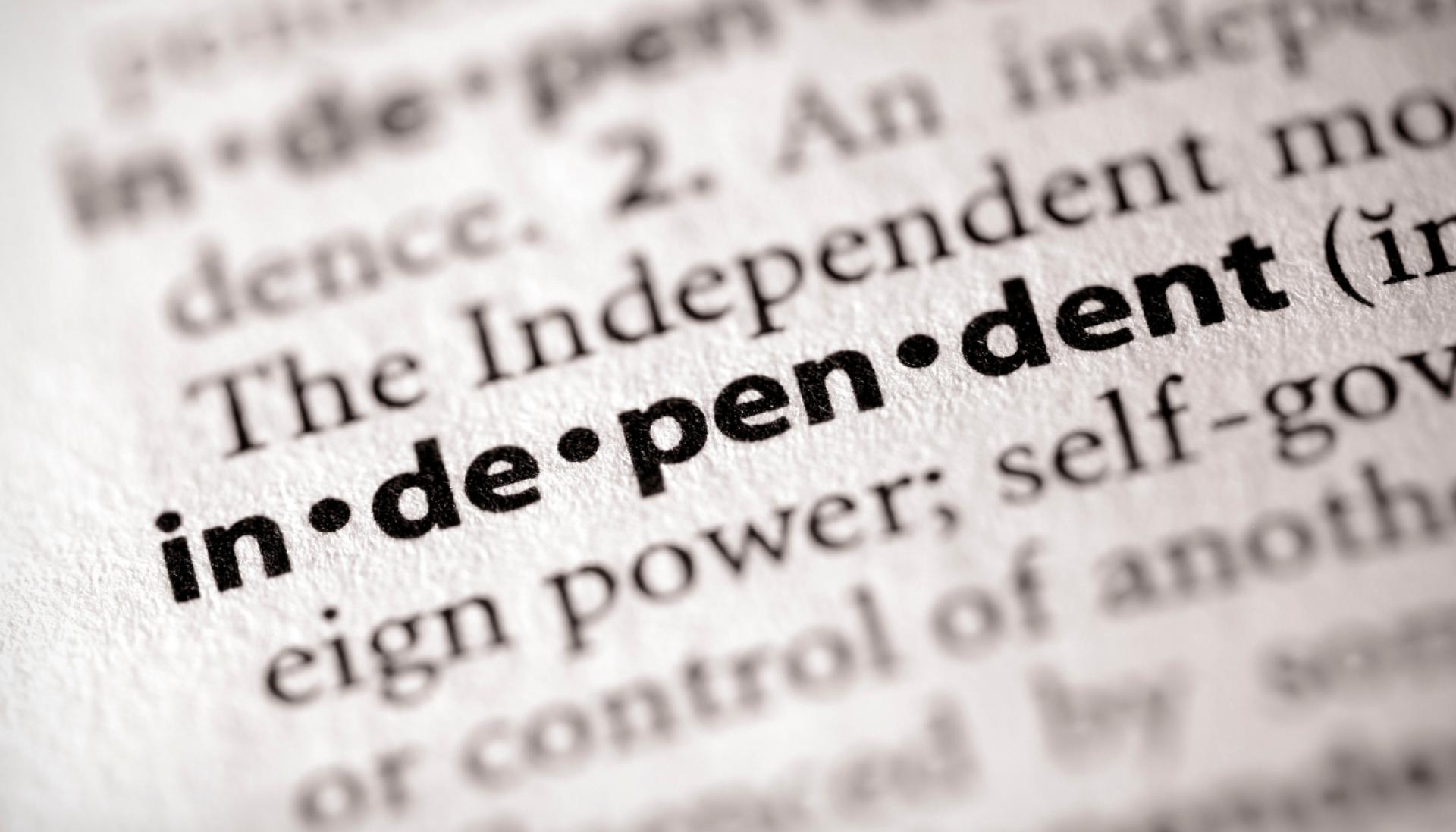The Rise of the Independent Music Sector
The global independent music sector is a powerhouse in its own right and no longer just the underdog of the industry. Defined by artists, labels, and music that operate outside of major record labels, the independent sector has been growing at an unprecedented pace. With leading UK indie labels like Rough Trade, XL Recordings, Ninja Tune, and 4AD leading the movement, independent artists are proving that they don’t need the backing of a major label to succeed.
In 2024, the independent music sector accounted for an impressive 46.7% of the global market, generating $14.3 billion in revenue. And in the UK alone in 2023, independent music made up 29.2% of total consumption, marking its sixth consecutive year of growth. These aren’t just niche artists operating on the fringes. This is a mainstream shift that’s redefining the entire industry.
However, this growing dominance comes with challenges. The recent acquisition of PIAS by Universal Music Group has sparked concerns about the integrity of the independent sector. With major labels increasingly eyeing indie successes, how long can true independence be preserved? This evolution is worth watching, but one thing is clear: independent music isn’t just surviving. It’s thriving.
Why Artists Are Choosing The Independent Route
So why are more artists choosing to go independent? The answer lies in creative freedom, direct audience engagement, and technological advancements that have reshaped the industry.
Digital distribution platforms like DistroKid, TuneCore, and Bandcamp have made it easier than ever for musicians to release their music without needing a label’s backing. Streaming platforms, social media, and even crowdfunding sites provide artists with direct access to their fans, allowing them to control their careers on their own terms. Platforms like Patreon also offer sustainable income, while TikTok and YouTube Shorts create viral moments that major labels no longer control.
This shift is also allowing for greater artistic expression. Gone are the days when artists had to conform to industry expectations to break into the mainstream. Quirky pop acts like Chappell Roan, British-Cypriot singer Artemas, and Brazilian funk innovator Ludmilla are proving that artists with distinct and unusual styles can achieve mainstream success without watering down their vision.
At the same time, independence offers a safeguard against the exploitative nature of traditional label contracts. The well-documented struggles of artists trapped in restrictive deals – where labels prioritize profit over artistry, own the rights to their music, and control their marketing – have made independence an increasingly attractive option. Indie musicians have more control over their royalties, music rights, and creative output, meaning that their careers are dictated by their own artistic vision rather than corporate interests.
The Benefits of Going Independent
With the indie music market projected to reach $149.91 billion by 2029, the financial viability of independence is stronger than ever. While signing with a major label once seemed like the ultimate goal, many artists are realising that they can earn more money and retain control by staying independent.
A key advantage is greater earnings potential. Instead of labels taking a large cut of royalties, independent artists can secure a bigger share of their revenue. The rise in digital streaming and direct fan support means musicians can build sustainable careers without the need for industry gatekeepers. Whether it’s through selling vinyl, live-streaming concerts, or offering exclusive content to fans, the monetisation opportunities are expanding quickly.
There’s also greater flexibility and creative control for independent musicians as they can release music at their own pace, experiment with different genres, and establish an authentic brand that isn’t moulded to fit industry trends. This means more opportunities for innovation and a more diverse musical landscape.
Recent data also highlights indie music’s growing dominance. In 2023, independent musicians claimed more than half of the global recorded music market. With viral trends and digital distribution shifting power away from labels, we’re seeing independent artists move beyond niche appeal to take over the mainstream.
And industry leaders are taking notice. Larry Jackson of gamma. predicts that independent market share will soon surpass that of major labels. Tyler Arnold of Mercury Records acknowledges that artist development now takes longer but results in lasting success. And Scooter Braun of HYBE believes that technology will only strengthen the direct connection between artists and fans, reinforcing the independent model.
Challenges and Opportunities for Indie Artists
Despite the numerous benefits, the independent route isn’t without its hurdles. Financial struggles are still a major challenge as without the backing of a label, artists must finance their own music production, promotion, and touring costs. While streaming revenue provides some income, it’s often not enough to fully sustain a career – especially for emerging musicians.
Understanding royalty payments is another obstacle. Different platforms, countries, and distribution services have different payment structures, making it harder for artists to track where their money is coming from. Technologies like blockchain and AI-driven royalty tracking are promising solutions, but widespread adoption is still in progress.
However, opportunities continue to grow. Direct fan support through platforms like Patreon, Kickstarter, and Bandcamp allows artists to earn income outside of traditional sales and streaming. Selling song rights or future royalties to investors is also becoming more common, giving independent musicians a financial boost without signing restrictive contracts. And emerging technologies, including blockchain-based royalty tracking and AI-powered music marketing, could level the playing field, offering indie artists more tools to navigate the industry
The Future of Independent Music
The rise of independent music isn’t just a passing trend. It represents a fundamental shift in the industry. More artists are realising they can carve out successful, sustainable careers without relying on major labels. And with greater creative control, direct audience engagement, and an expanding array of financial and technological resources, independence is becoming the preferred path for many musicians.
At the same time, challenges remain. Financial sustainability, navigating complex royalty systems, and competing in an increasingly crowded market calls for artists to be both creative and business-savvy. But with industry leaders predicting further growth for the independent sector, the opportunities could far outweigh the challenges.
In the end, the music industry is evolving into a space where independence is both possible and profitable. And as more artists embrace this shift, the sound of the future will (hopefully) be shaped by the vision and creativity of the artists themselves and not by corporate interests.
If you'd like to get in touch to discuss recruitment for your business, please contact [email protected]






